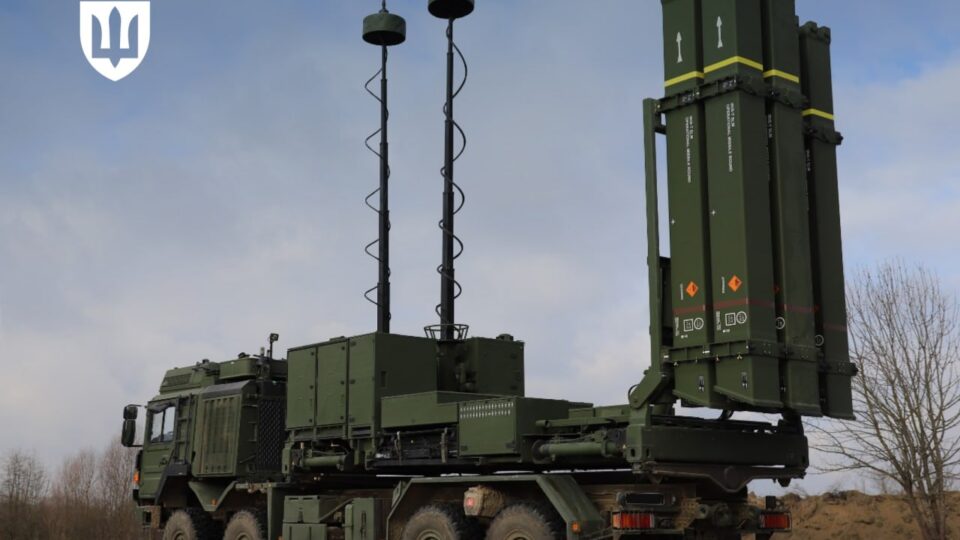Современные слуховые аппараты — это не просто устройства для усиления звука, а высокотехнологичные помощники, которые помогают людям с нарушением слуха жить полноценной жизнью. Однако выбрать подходящий слуховой аппарат может быть непросто из-за разнообразия моделей, функций и цен. В этой статье мы расскажем, на что стоит обратить внимание при выборе качественного слухового аппарата на сайте слышувижу.рф.

Определите свои потребности
Перед покупкой важно понять, какие именно задачи должен решать слуховой аппарат. Это зависит от следующих факторов:
- Степень потери слуха. Аппараты различаются по мощности: одни подходят для легкой потери слуха, другие — для средней и тяжелой.
- Образ жизни. Если вы ведете активный образ жизни и часто общаетесь, вам потребуется аппарат с функцией шумоподавления и четкой передачей речи. Для спокойной домашней обстановки можно выбрать более простой вариант.
- Условия использования. Людям, которые часто находятся на улице или в шумных местах, подойдут аппараты с адаптивными микрофонами и защитой от ветра.
Обратитесь к специалисту
Первым шагом должна быть консультация с сурдологом. Врач проведет аудиометрию — тест, который определит уровень потери слуха и поможет подобрать оптимальные настройки устройства. Некоторые аппараты также требуют индивидуальной настройки, что невозможно без участия специалиста.
Основные типы слуховых аппаратов
Существует несколько типов слуховых аппаратов, каждый из которых имеет свои особенности:
- Заушные (BTE). Устройство располагается за ухом, а звуковой трубка соединяет его с вкладышем в ухе. Это мощные и универсальные модели, подходящие для большинства случаев.
- Внутриушные (ITE). Устанавливаются прямо в ушной раковине, незаметны и удобны. Подходят для легкой и средней потери слуха.
- Внутриканальные (CIC). Компактные аппараты, которые размещаются внутри слухового канала. Они практически невидимы, но менее мощные.
- Ресивер в канале (RIC). Комбинируют заушное и внутриканальное устройство, обеспечивая высокое качество звука и комфорт.
Функциональные возможности
Современные слуховые аппараты оснащены множеством функций, которые делают их использование удобным:
- Шумоподавление. Устраняет фоновый шум, позволяя сосредоточиться на речи.
- Беспроводная связь. Позволяет подключать аппарат к смартфону или телевизору через Bluetooth.
- Автоматическая адаптация. Аппарат сам подстраивается под окружающую среду.
- Регулировка громкости. Некоторые модели имеют ручное или автоматическое управление громкостью.
- Зарядка. Вместо батареек многие современные аппараты работают от аккумуляторов, что упрощает их обслуживание.
Удобство и комфорт
При выборе слухового аппарата важно учитывать удобство его ношения:
- Размер и вес. Аппарат не должен быть слишком тяжелым или громоздким.
- Материалы вкладышей. Они должны быть гипоаллергенными и приятными для кожи.
- Подгонка. Индивидуальная настройка и форма вкладыша помогут избежать дискомфорта.
Бюджет
Стоимость слуховых аппаратов варьируется от доступных моделей до премиальных устройств. При выборе важно найти баланс между ценой и функциональностью. Не стоит экономить на качестве, так как от этого зависит ваше здоровье и комфорт.
Дополнительные советы
- Гарантия и сервис. Убедитесь, что аппарат имеет гарантийный срок и возможность обслуживания.
- Отзывы. Почитайте мнения пользователей о конкретной модели.
- Пробное использование. Многие клиники предлагают тест-драйв аппаратов, чтобы убедиться в их удобстве.
Заключение
Выбор слухового аппарата — это ответственный процесс, который требует времени и консультаций со специалистами. Главное — ориентироваться на ваши индивидуальные потребности и условия использования. С правильным аппаратом вы сможете вернуться к полноценной жизни и наслаждаться окружающими звуками.


 3523
3523












